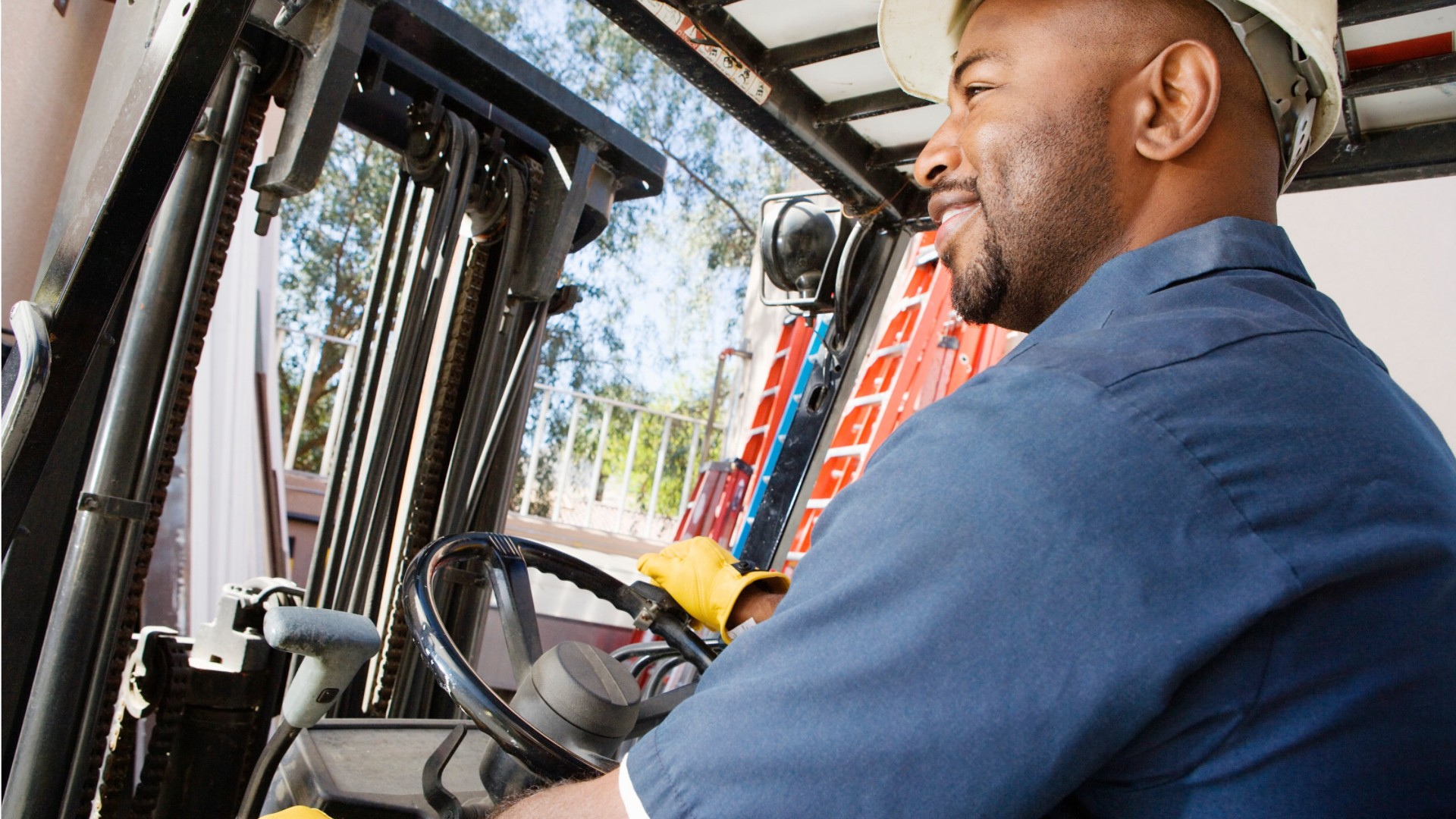Hoist & Winch Operators
Hoist Operator, Hoistman, Material Handler, Service Operator
 Select a military branch to see samples.
No similar titles were found.
No similar titles were found.
Select a military branch to see samples.
No similar titles were found.
No similar titles were found.
Boatswain's Mate; Machinery Technician; Marine Safety Specialist Engineer; Naval Engineering Specialty; Seaman
No similar titles were found.
Able Seaman; Aviation Boatswain's Mate, Aircraft Handling; Aviation Support Equipment Technician; Boatswain's Mate; Machinist's Mate; Patrol Boat Coxswain; Seaman
No similar titles were found.
What they do:
Operate or tend hoists or winches to lift and pull loads using power-operated cable equipment.
On the job, you would:
- Move levers, pedals, and throttles to stop, start, and regulate speeds of hoist or winch drums in response to hand, bell, buzzer, telephone, loud-speaker, or whistle signals, or by observing dial indicators or cable marks.
- Start engines of hoists or winches and use levers and pedals to wind or unwind cable on drums.
- Observe equipment gauges and indicators and hand signals of other workers to verify load positions or depths.
Knowledge
Engineering and Technology
- mechanical
Business
- customer service
Skills
Basic Skills
- thinking about the pros and cons of different ways to solve a problem
- keeping track of how well people and/or groups are doing in order to make improvements
Problem Solving
- noticing a problem and figuring out the best way to solve it
Abilities
Hand and Finger Use
- keep your arm or hand steady
- hold or move items with your hands
Controlled Movement
- quickly change the controls of a machine, car, truck or boat
- use your arms and/or legs together while sitting, standing, or lying down
Hearing and Speech
- recognize spoken words
- speak clearly
Ideas and Logic
- notice when problems happen
Personality
People interested in this work like activities that include practical, hands-on problems and solutions.
They do well at jobs that need:
- Cautiousness
- Dependability
- Attention to Detail
- Stress Tolerance
- Self-Control
- Integrity
Technology
You might use software like this on the job:
Spreadsheet software
- Microsoft Excel
Word processing software
- Microsoft Word
Education
Education: (rated 2 of 5)
high school diploma/GED or
no high school diploma/GED
usually needed
no high school diploma/GED
usually needed
Job Outlook
Below Average
New job opportunities are less likely in the future.
Explore More
- Crane & Tower Operators
- Excavating & Loading Machine & Dragline Operators, Surface Mining
- Industrial Truck & Tractor Operators
- Operating Engineers & Other Construction Equipment Operators
- Riggers
You might like a career in one of these industries:
See more details at O*NET OnLine about Hoist & Winch Operators.





